Carlos Peña, in the rhythmic heart of Guatemala, a maestro emerged whose life became a symphony of art, activism, and cultural renaissance. Born on March 10, 1949, in the picturesque city of Antigua Guatemala, embarked on a journey that transcended borders, leaving an indelible mark on the nation’s artistic and cultural landscape. This biography unravels the intricate threads of Carlos Peña’s life, weaving a narrative that harmonizes his contributions as a musician, educator, and advocate for social justice.
Early Harmonies:
Carlos Peña’s love affair with music began in the cobbled streets and vibrant plazas of Antigua, a city steeped in colonial charm. Raised in a family that cherished the arts, young Carlos was drawn to the captivating melodies that echoed through the historic town. The harmonious collision of colonial architecture and indigenous traditions formed the backdrop of his formative years, laying the foundation for a lifelong passion for cultural expression.
The Musical Odyssey:
Carlos Peña’s musical journey began with the exploration of traditional Guatemalan music, an exploration that would shape the trajectory of his life. Enamored by the diverse rhythms and melodies that resonated across the country, he delved into the study of folk instruments, mastering the marimba and guitar. His dedication to preserving Guatemala’s musical heritage became evident, marking the beginning of a career dedicated to the celebration of cultural identity through sound.
Marimba de Concierto: A Revolutionary Art Form:
One of Carlos Peña’s crowning achievements was his role in revolutionizing the Marimba de Concierto, transforming it from a traditional folk instrument into a vehicle for sophisticated musical expression. Through his artistry and innovation, Peña elevated the marimba to a symphonic level, incorporating classical elements and intricate arrangements that transcended traditional boundaries.
As a founding member of the Marimba de Concierto de Bellas Artes, Peña contributed to the ensemble’s emergence as a cultural icon, showcasing the marimba’s versatility and elegance on both national and international stages. His compositions and arrangements expanded the possibilities of the marimba, creating a new chapter in Guatemala’s musical narrative.
Educational Stewardship:
Carlos Peña’s commitment to cultural preservation extended beyond his performances; it manifested in his role as an educator. Recognizing the importance of passing on the rich legacy of Guatemala’s musical traditions, he became a mentor and teacher, shaping the next generation of musicians.
As a professor at the National Conservatory of Music in Guatemala, Peña imparted not only technical skills but also a deep understanding of the cultural significance embedded in each note. His educational endeavors reached beyond the confines of the classroom, with workshops, masterclasses, and outreach programs that aimed to democratize access to musical education.
Activism Through Art:
Carlos Peña’s life was not confined to the concert hall or the classroom; it extended into the realm of activism. He understood the power of art as a catalyst for change, using his music to amplify the voices of the marginalized and advocate for social justice. In a country marked by historical challenges and social disparities, Peña’s art became a form of resistance and a call for unity.
Through his compositions, he addressed societal issues, shedding light on the struggles of indigenous communities, the impact of civil conflict, and the quest for justice. His music became a powerful tool for advocacy, transcending entertainment to become a vehicle for social change.
Cultural Diplomacy:
Carlos Peña’s impact reverberated globally through his role as a cultural ambassador. The Marimba de Concierto de Bellas Artes, under his leadership, embarked on international tours, showcasing Guatemala’s cultural richness on prestigious stages around the world. Through these performances, Peña not only brought Guatemala’s music to diverse audiences but also fostered cross-cultural understanding and appreciation.
His diplomatic endeavors extended beyond the concert hall, involving collaborations with musicians from different parts of the world. These cultural exchanges not only enriched the Marimba de Concierto’s repertoire but also contributed to a global dialogue where music served as a universal language.
Legacy in the 21st Century:
Carlos Peña’s legacy endures as a beacon of cultural resilience and artistic excellence. In a rapidly changing world, his contributions serve as a reminder of the importance of preserving and celebrating cultural identity. The Marimba de Concierto de Bellas Artes, shaped by his vision, continues to inspire musicians, educators, and audiences, carrying forward the torch of Guatemala’s musical heritage.
His impact extends to a new generation of artists who look to his life as a testament to the transformative power of music. The fusion of tradition and innovation that defined Peña’s career remains a guiding principle for contemporary musicians seeking to navigate the evolving landscape of cultural expression.
Conclusion:
Carlos Peña’s biography is a testament to the transformative power of art and the profound impact one individual can have on a nation’s cultural identity. His life, marked by a commitment to excellence, innovation, and advocacy, serves as an enduring source of inspiration for Guatemala and beyond. As we reflect on the symphony of Carlos Peña’s life, we find not just a biography but a musical odyssey that resonates with the timeless chords of cultural preservation, artistic expression, and social consciousness.
.- Youtube Feature Video: Carlos Peña y su Big Band – Con Una Canción (Video Oficial) Link here.


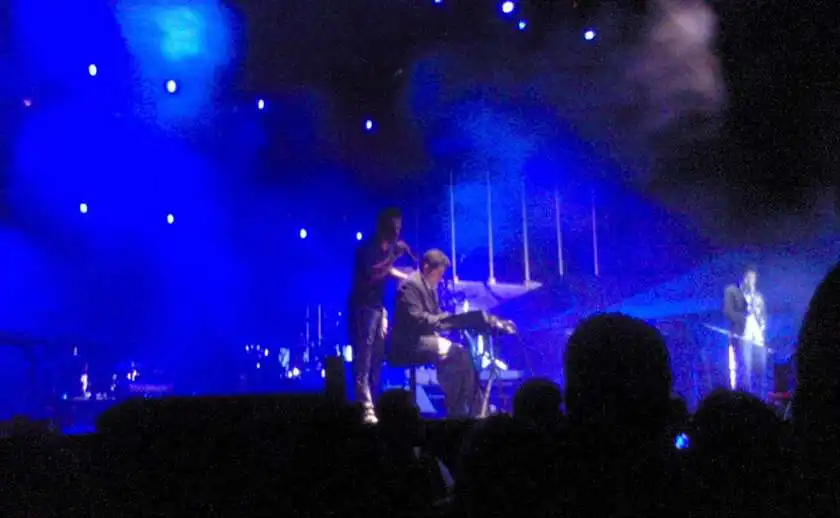
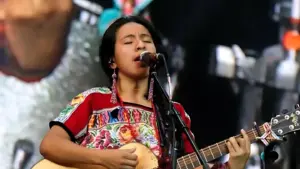

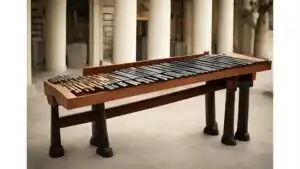
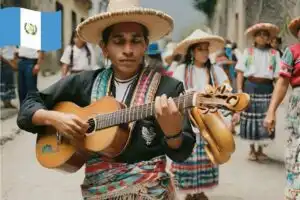
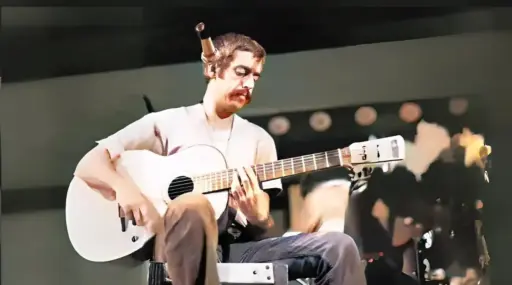


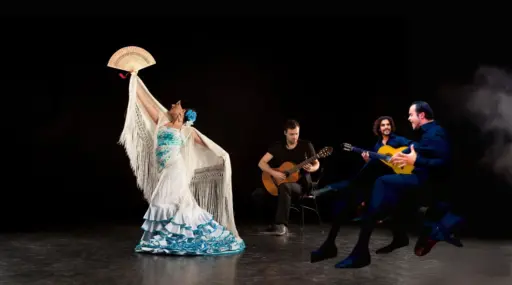






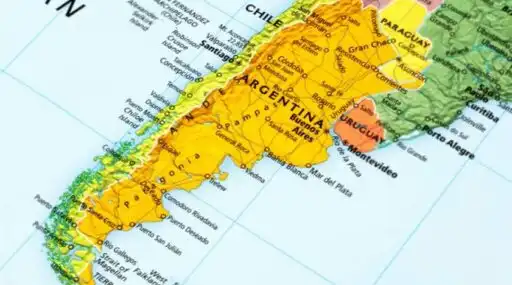



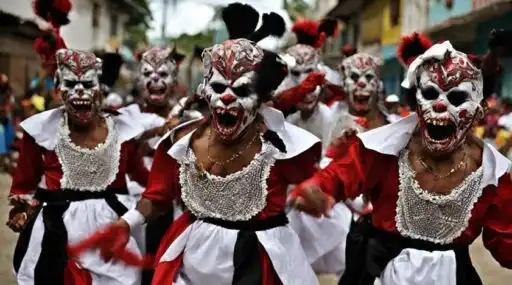
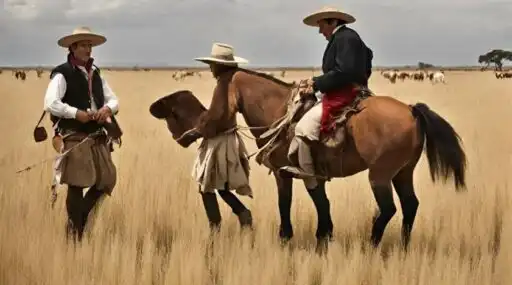

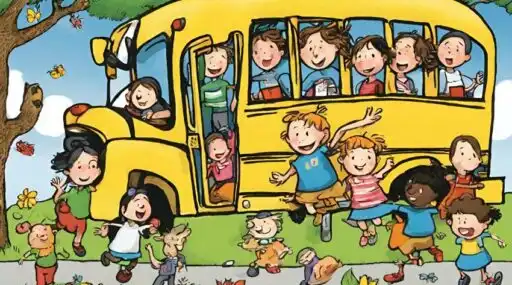
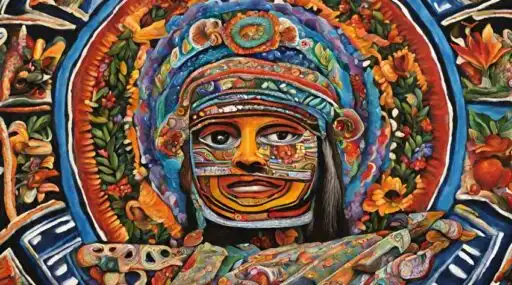
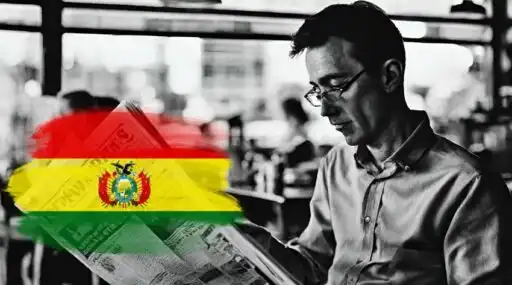

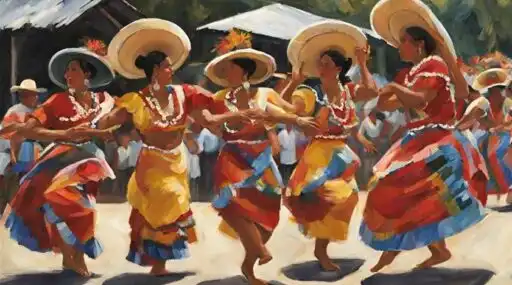
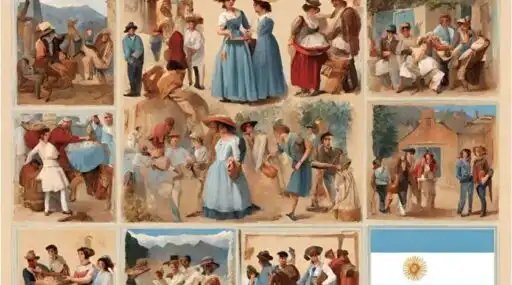

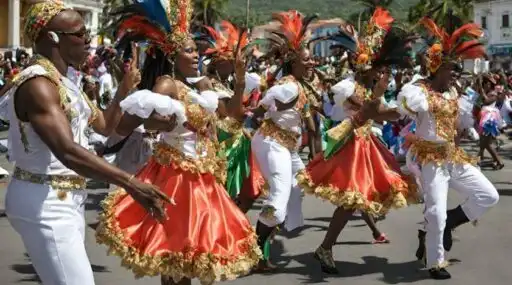


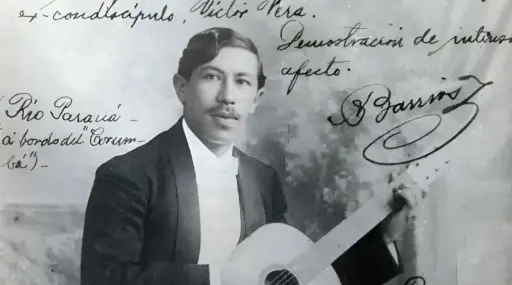
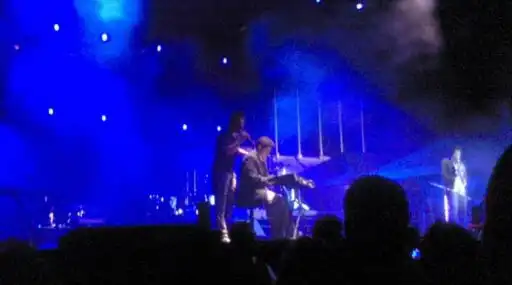

Leave a Reply